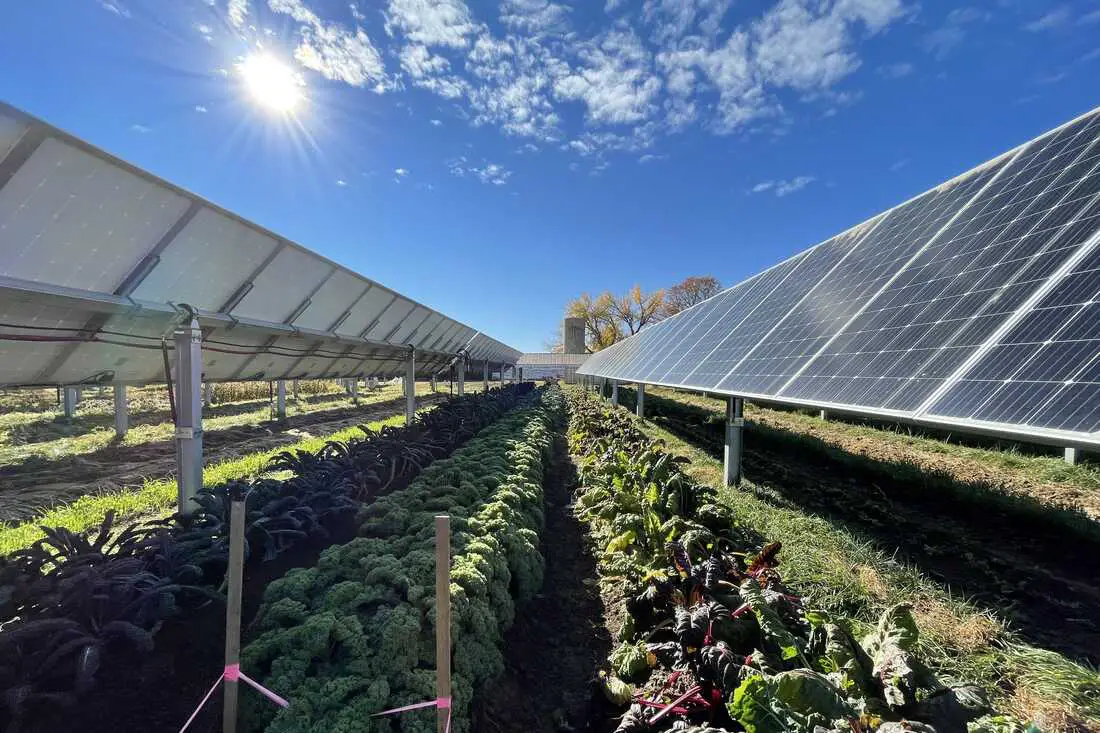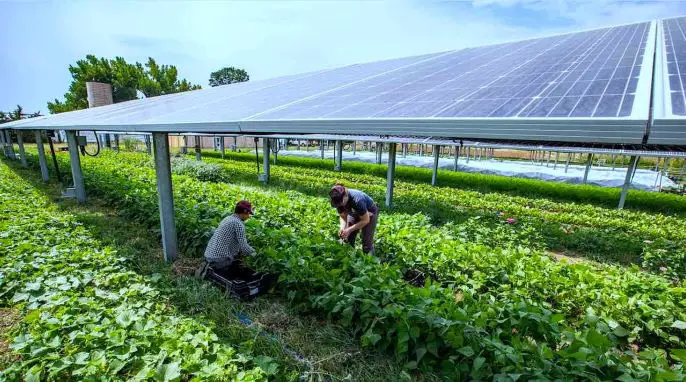According to a study, agricultural land is the best location for solar farms, and if just 1% of agricultural land were utilized in this way, the world’s electricity needs would be satisfied.
Agrivoltaics is the term used by the Oregon State University team to express the idea of using the same plot of land for both conventional agriculture and sun photovoltaic power. According to corresponding author Chad Higgins, an associate professor in the OSU College of Agricultural Sciences, “our results show that there is a big potential for solar and agricultural to work together to generate reliable electricity.”
There’s a saying that says agriculture can produce too much of anything. We discovered the same thing about electricity. It turns out that farmers discovered the ideal locations on Earth to gather sun energy 8,000 years ago.
According to Higgins, the findings have ramifications for the practice of building sizable solar arrays in arid areas. He added, “Solar panels are picky. “As the panels become hotter, their efficiency decreases. It’s hotter there in that waste. Their per-acre production is lower than it could be.



Researches
The researchers examined information from Tesla, which has put five sizable grid-connected, ground-mounted solar energy arrays on Oregon farmland. The micro-climate research stations they established at the array that recorded mean air temperature, relative humidity, wind speed, wind direction, soil moisture, and incoming solar energy were used to synchronize this data, which was taken every 15 minutes.
They created a model for photovoltaic efficiency as a function of air temperature, wind speed, and relative humidity based on those findings.
According to our research, efficiency increases when the weather is cool, said Higgins. “Efficiency decreases in warmer weather. The efficiency is worse when it is completely calm, but it improves with moderate wind. The panels performed worse as the humidity increased. Like people and the weather, solar panels thrive in cool, windy, and dry conditions.
Their model was expanded to incorporate 17 kinds of generally recognized land cover, including classes like croplands, mixed forests, urban, and savanna, using global maps created from satellite imagery.
In order of where a solar panel would be most productive, the classes were then ordered from best (croplands) to worst (snow and ice). The model was then re-evaluated to determine how well agrivoltaic technology might satiate the World Bank’s estimated projection of global electric energy demand.
If the planned “Green New Deal,” which is supported by a number of Democratic presidential hopefuls, is passed into law, such a study might be crucial for America.
Even floating solar panels are being tested by certain businesses as a way to reduce the impact of land use while covering enormous regions of ocean space.
Access Date: June 2022



